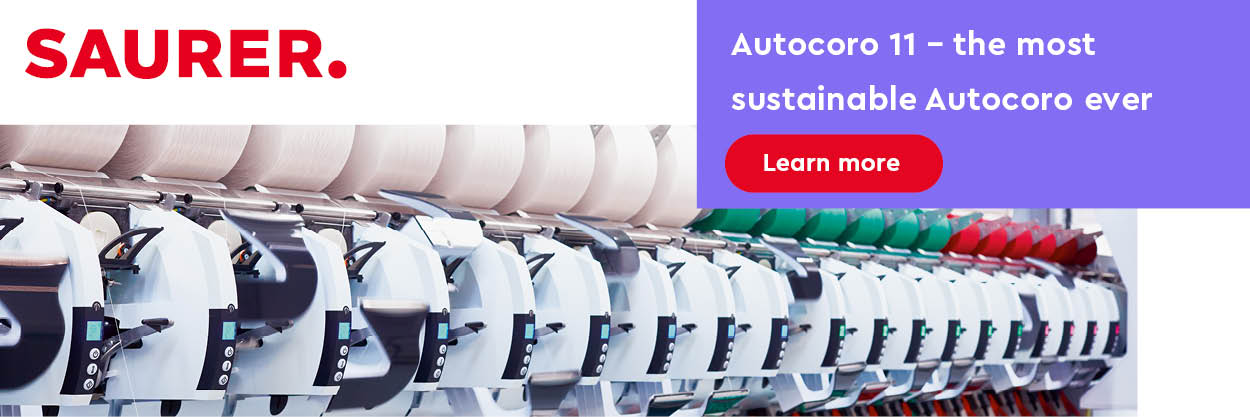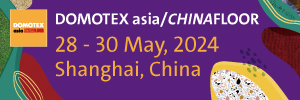Design is a burgeoning field that has rapidly gained popularity, with Fashion and Textile Design emerging as the foremost and most coveted specializations among students. These courses offer an abundance of options and opportunities, sharing both similarities and distinguishing features.
Fashion Design is an expansive discipline that delves deep into every facet of the fashion industry, spanning economics, social dynamics, ecology, and culture. It revolves around the creation of clothing, accessories, and lifestyle products. Notably, within Fashion Design, students have the flexibility to specialize in diverse domains, including jewelry and leather craftsmanship.
In contrast, Textile Design is a specialized field that exclusively centers on patterns and structural elements for fabrics. Textile designers are tasked with crafting intricate designs for woven, printed, or knitted textiles, catering to applications in clothing and household furnishings like carpets and towels. Constant creativity is the essence of textile design, where students learn to conceive innovative ideas while mastering the art of pattern and structure creation.
Fashion Design courses offer an extensive exploration of the fashion realm, encompassing multifaceted dimensions of this ever-evolving and high-demand profession. Conversely, Textile Design courses revolve around the development of designs for knitted, non-woven, and woven fabrics. These designs serve both functional and decorative purposes in homes and everyday life.

What is Fashion Designing?
A fashion designer is a creative professional who conceives and designs clothing, footwear, and accessories. These designers are responsible for creating clothing and accessories that are not only aesthetically pleasing but also functional and in line with prevailing fashion trends or their own unique style.
The fashion sector plays a substantial role in the global economy, with designers serving as pivotal figures within this field. Beyond crafting apparel, fashion designers shape a vision for individuals to articulate their style through clothing. They serve as a wellspring of inspiration, molding and guiding fashion choices, leaving a lasting impression not confined to the catwalk but permeating everyday life.
Role of Fashion Designer
Fashion designers engage in a range of activities, which include:
1. Analyzing fashion trends and predicting designs that will captivate consumers.
2. Establishing a thematic concept for a collection.
3. Utilizing computer-aided design (CAD) software to craft designs.
4. Visiting manufacturers or attending trade shows to source fabric samples.
5. Making choices regarding fabrics, adornments, color schemes, and garment or accessory styles.
6. Collaborating with fellow designers or team members to develop prototype designs.
7. Presenting design concepts to creative directors or showcasing them at fashion and trade exhibitions.
8. Promoting designs to clothing retailers or directly to consumers.
9. Overseeing the final production process for their designs.
Fashion designers can have a significant impact on the fashion industry, influencing the way we dress and express ourselves through clothing and accessories.
The Future of the Fashion Designer
The future of the fashion designer is marked by innovation, sustainability, technology integration, and a strong emphasis on meeting the evolving needs and values of consumers. Fashion designers will play a crucial role in driving positive change in the industry while continuing to inspire creativity and self-expression through clothing and accessories.
The career outlook for fashion designers in the United States indicates moderate growth. Over the next decade, an estimated 2,300 new job openings for fashion designers are expected each year. This growth is projected to be around 3 percent, which is slower than the average for all occupations
Several key trends and changes are shaping the future of fashion design:
1. Sustainability: The fashion industry is becoming increasingly conscious of its environmental impact. Future fashion designers will likely focus more on sustainable materials, ethical production practices, and circular fashion concepts, prioritizing eco-friendly designs.
2. Technology Integration: Technology is revolutionizing the design process. Fashion designers will continue to embrace digital tools like 3D modeling, virtual fitting rooms, and AI-driven trend analysis to create innovative and personalized designs.
3. Customization and Personalization: With advanced technology, fashion designers will have the capability to offer personalized and made-to-order clothing on a larger scale. This trend will cater to individual preferences and reduce waste.
4. Inclusivity and Diversity: The future of fashion design will emphasize inclusivity, featuring designs for a broader range of body types, genders, and cultural backgrounds. Diversity will be a driving force in both design teams and fashion collections.
5. Global Collaboration: Designers will collaborate across borders and cultures more than ever before, leading to a fusion of diverse styles and cultural influences in fashion collections.
6. Digital Fashion: Virtual fashion and digital clothing are emerging trends. Fashion designers will explore the realm of digital fashion, creating garments and accessories specifically for virtual environments, gaming, and social media.
7. Fashion-Tech Integration: The integration of technology and fashion will extend to wearable tech and smart textiles. Fashion designers will work on incorporating functionality, connectivity, and data-driven features into clothing and accessories.
8. Artificial Intelligence: AI will play a role in trend forecasting, design assistance, and even the creation of fashion designs. Designers will collaborate with AI to enhance creativity and efficiency.
9. Consumer-Centric Design: Understanding and responding to consumer preferences in real-time will be a focus. Data analytics and consumer feedback will inform design decisions and product offerings.
10. Education and Skillset: Fashion designers of the future will need to continually update their skills to keep up with evolving technologies and sustainability practices. Lifelong learning will be essential.
11. Redefining Luxury: The concept of luxury is shifting. Future designers may redefine luxury to include elements of sustainability, uniqueness, and meaningful experiences rather than just exclusivity and high price tags.
12. Retail Evolution: As e-commerce and direct-to-consumer models continue to grow, designers will need to adapt their strategies to cater to changing consumer behavior and distribution channels.
What is Textile Designing?
A textile designer specializes in crafting patterns and designs specifically for fabric. Their work primarily finds application in the fashion industry and interior design sectors, where their creations adorn various items such as clothing, wall coverings, upholstery, curtains, pillows, towels, and other soft home furnishings.
These designers actively collaborate with a diverse range of professionals and entities, including design teams, fashion houses, fabric manufacturers, retailers, and buyers. Moreover, experienced textile designers can branch into different roles within the textile design domain, including positions like surface designers, interior designers, embroidery designers, and even textile historians.

Role of Textile Designer
Textile designers are vital contributors to the fashion industry, influencing trends and colors. They create diverse designs, prints, and patterns for both interiors (like upholstery and soft furnishings) and clothing fabrics, playing a pivotal role in the textile world.
These designers conduct thorough research on trends, color forecasts, and textile testing to predict future market demand accurately. Their responsibilities encompass various tasks, such as testing fibers and yarns, producing design sketches, crafting fabric samples, and staying updated with textile innovations.
Key Responsibilities of a Textile Designer:
• Conducting tests on various fibers, intricate yarns, and experimental threads.
• Generating initial sketches that serve as the foundation for woven or non-woven design layouts.
• Creating fabric samples for construction and development.
• Researching emerging trends and forecasting unique color and design developments for the future.
• Staying abreast of new advancements in the dynamic textile industry.
• Crafting sets of sample designs to showcase versatility and creativity.
• Proficiency in specialist software relevant to textile and design fields.
• Pioneering fresh design concepts.
• Constantly seeking inspiration and themes for diverse textile developments.
• Experimenting with color palettes, fabric variations, and textures.
• Sourcing fabrics and materials at trade fairs, markets, and antique shops.
• Actively participating in trade fairs to draw inspiration and influence from the industry.
• Meeting customer preferences and fulfilling their specific requirements.

Future Prospects of a Textile Designer
The future of textile designers is marked by innovation, sustainability, technology integration, and a strong focus on meeting the evolving needs and values of consumers. Adaptability and a willingness to embrace change will be key to thriving in this dynamic profession.
The influence of technological advancements on textile design promises to be extensive and exhilarating. Manufacturers, producers, marketers, and brands are all in a race to keep pace with the ever-deepening connection between their customers’ digital and physical lives.
Traditional practices, like stocking large quantities of clothing months in advance without a clear view of market demand, are growing less practical in the face of rapidly evolving trends. In today’s technologically advanced landscape, the true victors will be the companies that can match the speed of change and adapt to their customers’ evolving preferences.
Despite fashion being one of the world’s most profitable industries, it’s surprising to note that it has seen relatively little transformation over the past two decades. While low-cost manual labor is readily available in many countries and expensive production costs can be outsourced, major textile design brands and manufacturers are now turning to some of the most cutting-edge technologies available. These technologies range from artificial intelligence and mobile commerce to 3D printing and blockchain. This shift is driven by mounting concerns about fair wages, environmental impact, and the increasingly sophisticated demands of consumers.


















